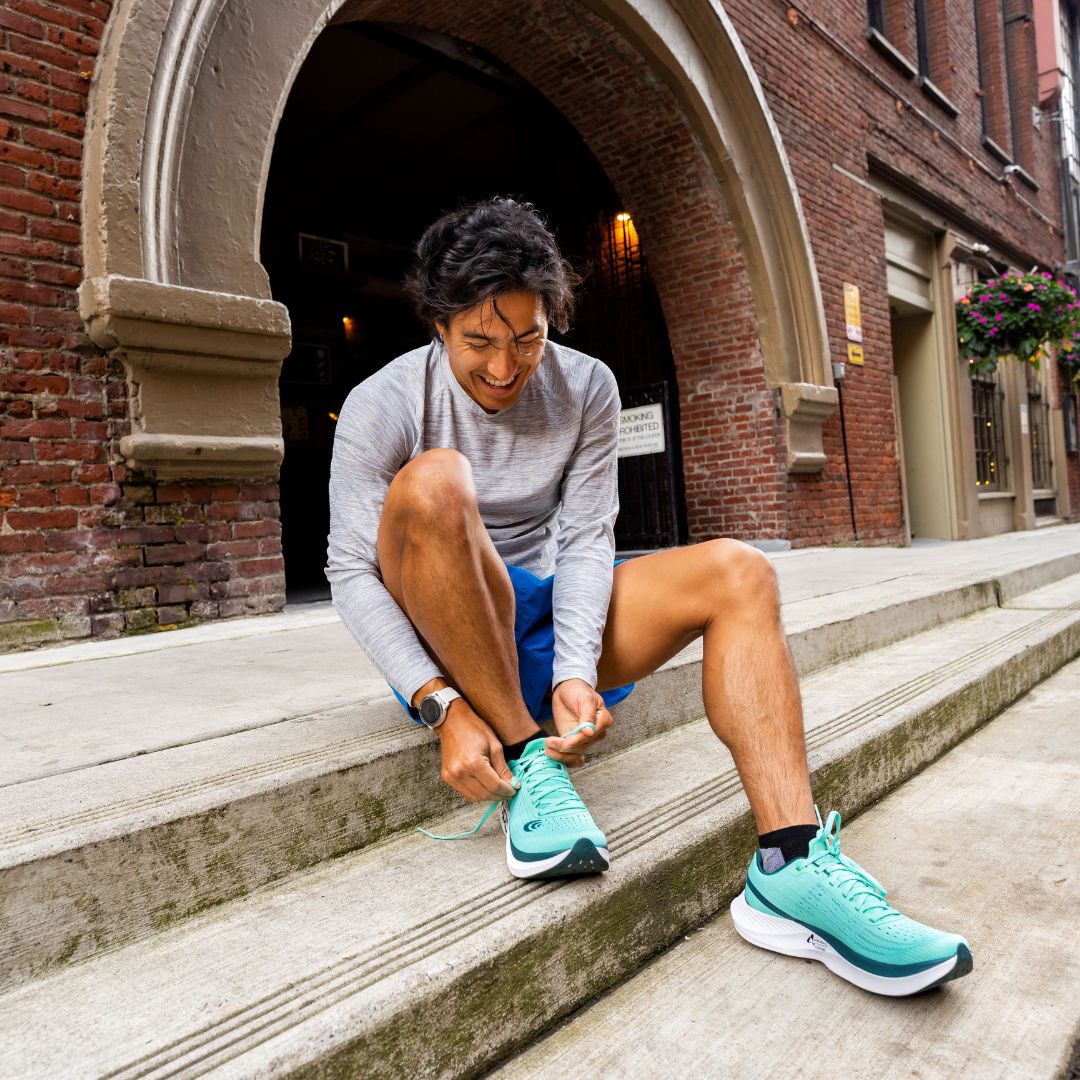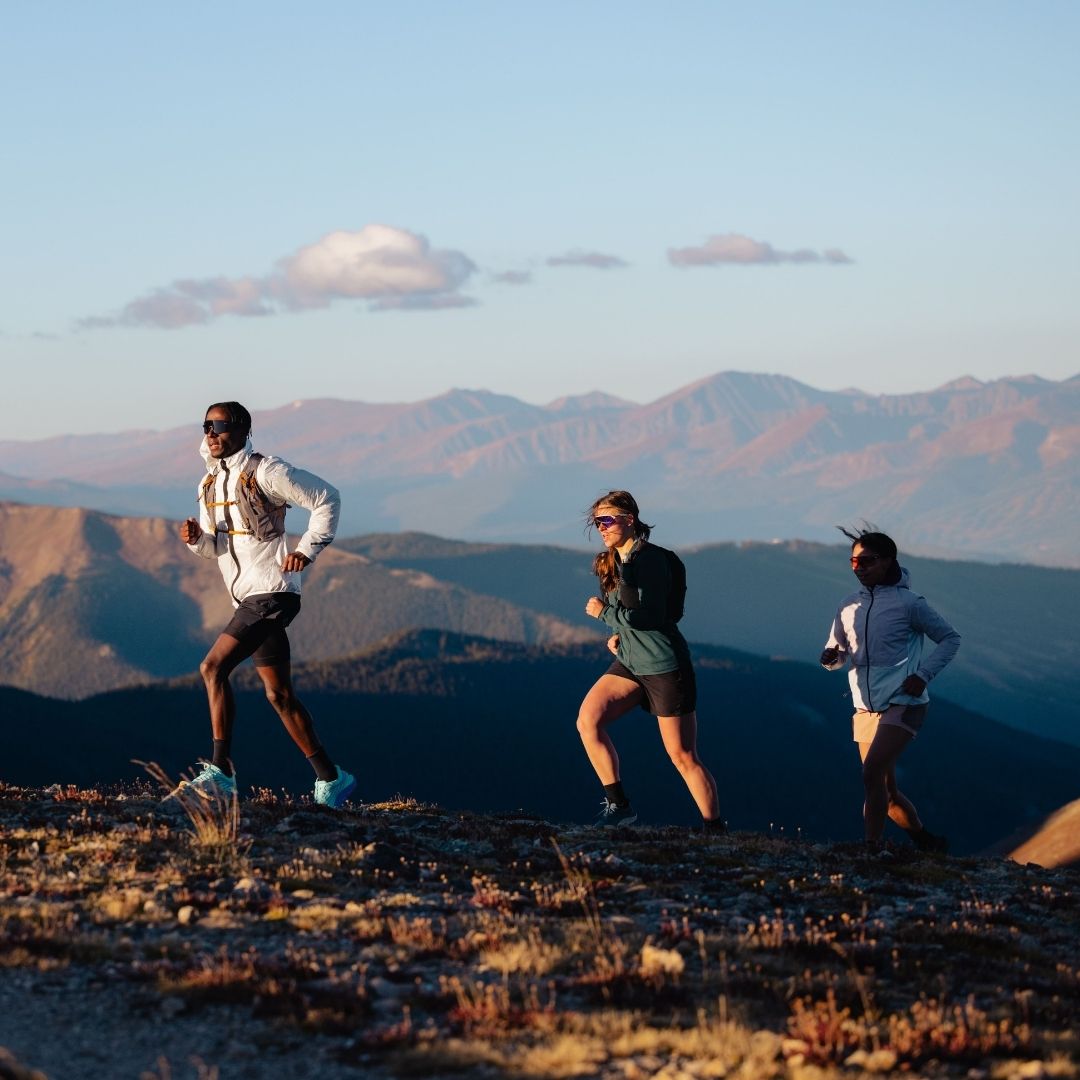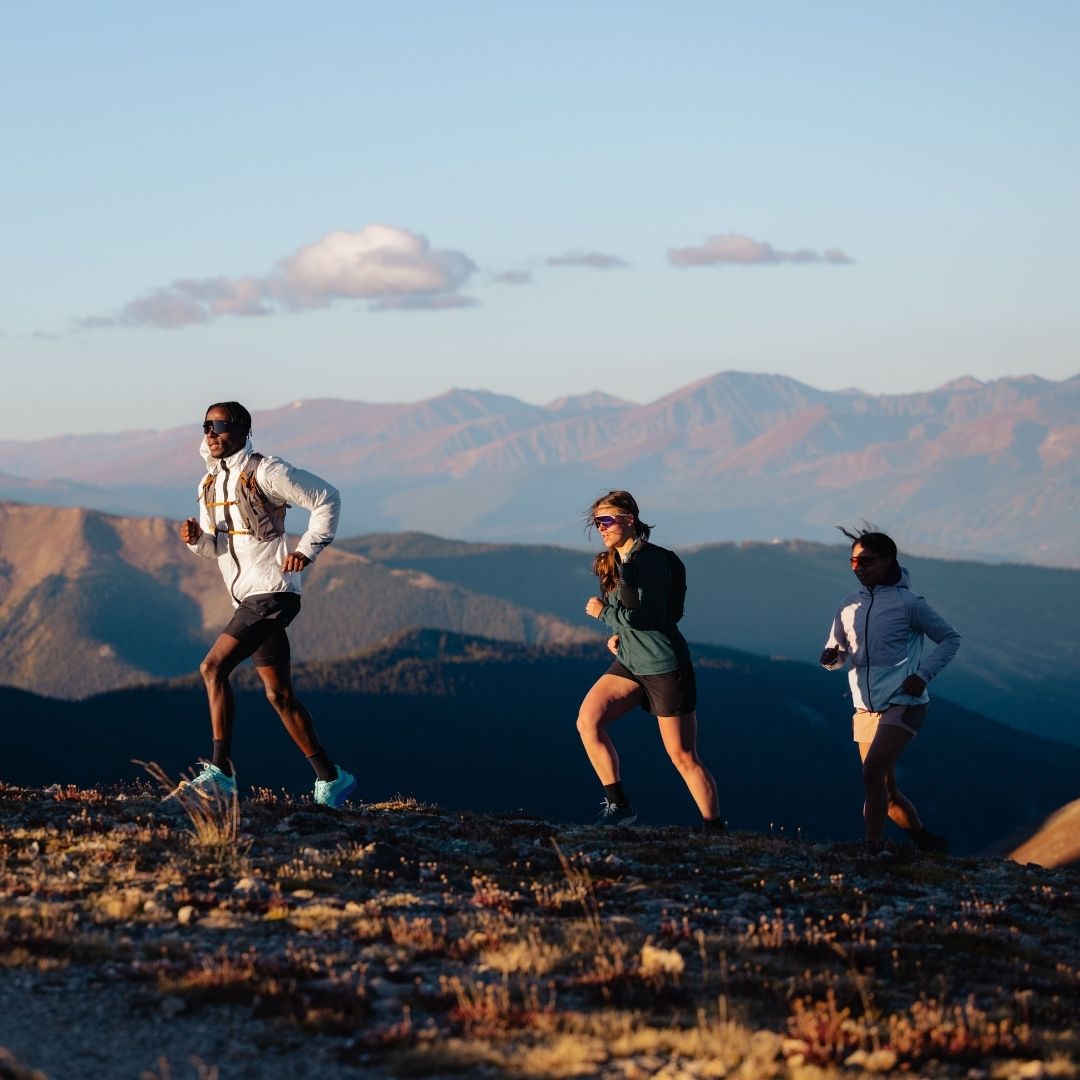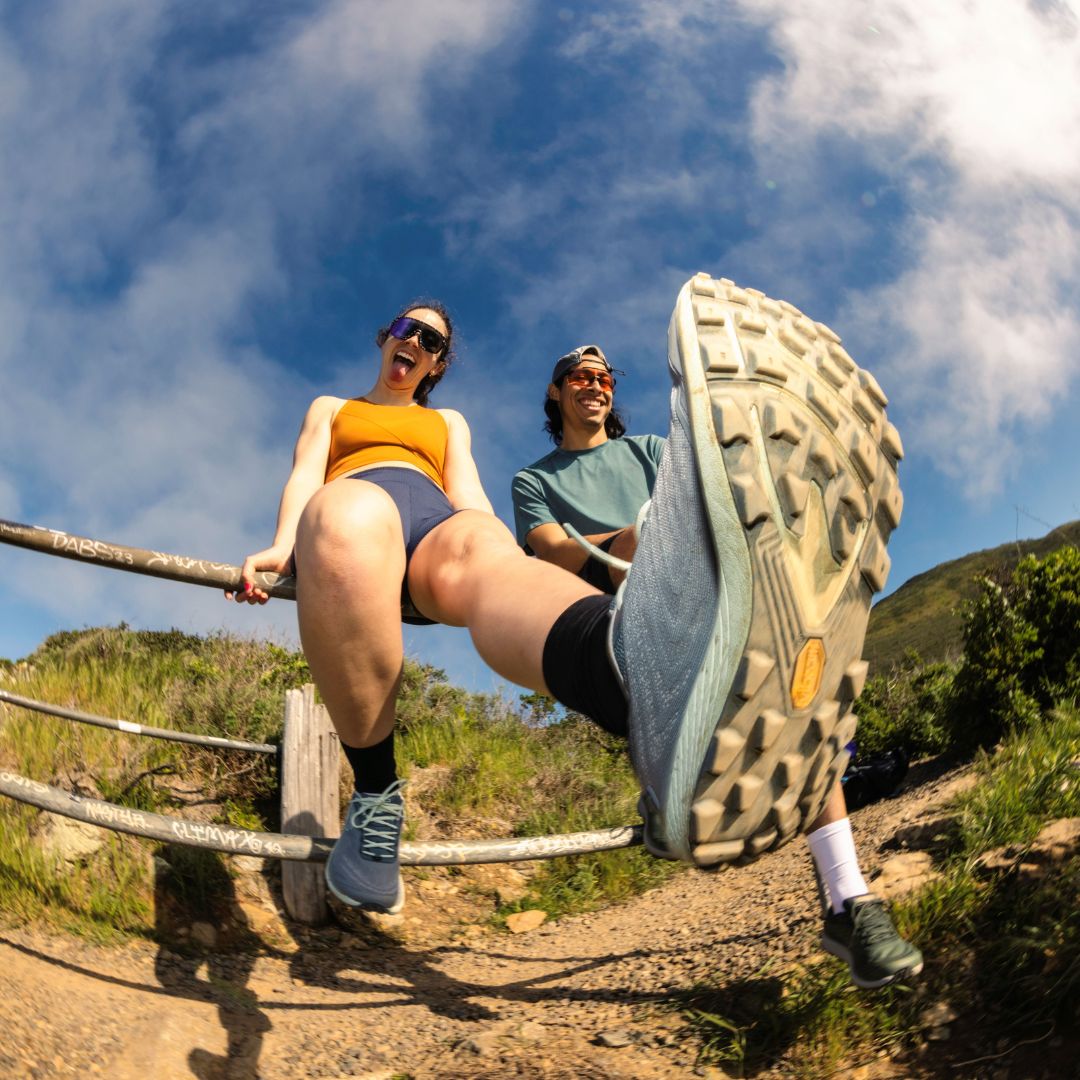Stretching for runners: How to recover faster after running training

Lacing up your running shoes and going for a run is one of the most effective and accessible ways to exercise. But something many miss – or skip in a hurry – is the important finish: stretching. It can be tempting to jump straight into the shower or continue with the day's other commitments, but giving your body a few minutes to cool down makes a big difference for both recovery and long-term performance.
Why is it so important to stretch after running?
When you run, your body is subjected to repeated, rhythmic movements that strain muscles, tendons, and joints. Above all, large muscle groups such as the front and back of the thighs, glutes, calves, and hip flexors work intensively. After a session, these muscles are not only tired but often also shortened and tense. This is where stretching comes in as a simple but powerful tool.
Stretching after training helps restore muscle length, reduce muscle tension, and prevent stiffness that otherwise easily occurs after strain. It also improves blood circulation in the tissues, which in turn speeds up recovery and reduces the risk of muscle soreness. Over time, regular stretching can also contribute to better posture, increased mobility, and reduced risk of overuse injuries – something especially important for runners, where every step is based on repetitive movements.
By prioritizing a few minutes of mindful stretching after each run, you give your body better conditions to perform in the next session – and to stay injury-free over time.
5 Effective Stretching Exercises After Running
Here are some simple but effective stretch exercises targeting the muscles that work most during running. Perform each exercise slowly and controlled, holding each position for 30–60 seconds per side. Breathe deeply and relax your entire body – the stretch should be felt, but never painful.
1. Quadriceps Stretch (Front of thigh)
-
How to do it: Stand upright, grab one foot behind you and gently pull the heel toward your buttocks. Keep your knees close together and lightly engage your core to avoid arching your back.
-
Good for: Releasing tension in the front thigh and hip flexors.

2. Hamstring Stretch (Back of thigh)
-
How to do it: Sit with one leg straight out in front of you and the other bent, foot placed against the inside of the thigh. Lean your upper body forward over the extended leg, keeping your back straight.
-
Good for: Reducing tightness in the hamstrings, which improves both posture and stride length.

3. Calf Stretch (Calves)
-
How to do it: Place both hands against a wall, take a big step back with one foot. Press the back heel into the ground and lean forward until you feel a stretch in the calf.
-
Good for: Preventing calf stiffness and reducing the risk of shin splints.

4. Hip Flexor Stretch (Hip flexors)
-
How to do it: Stand in a lunge position with the back knee on the floor. Push your hip forward while maintaining an upright posture.
-
Good for: Counteracting stiff hips, which are often caused by both running and sitting still.

5. Figure Four Stretch (Glutes and outer hip)
-
How to do it: Lie on your back, cross one foot over the opposite knee, and gently pull the lower leg toward your chest.
-
Good for: Releasing tension in the gluteal muscles, which can relieve pressure on the lower back.

Make stretching a natural part of your running training
Stretching after running is not something you should do – it's something you deserve. It's your chance to thank your body for the work it has just done. A short stretching routine of five to ten minutes can work wonders for how you feel, both immediately after the session and in the long term. It helps you feel more flexible, more relaxed, and less stiff the next day. It's also an opportunity to mentally settle after training – to breathe out, reflect, and feel proud of your effort.
See stretching as an investment in your body and your running. By giving it a little extra care today, you'll be able to run better – and enjoy more – tomorrow.

















